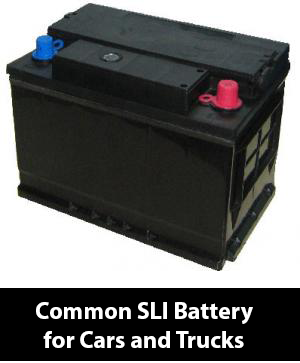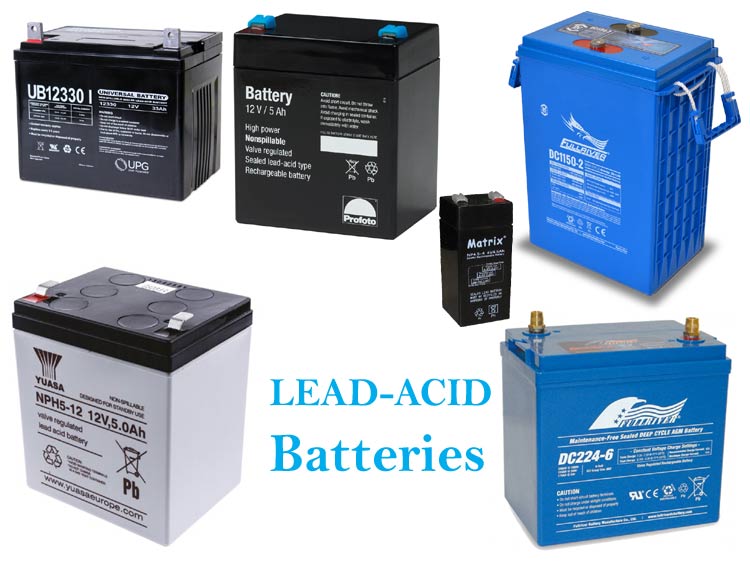A car battery should not be judged by its size. Despite its small size, it plays an important role in a smooth drive. Functions such as starting the vehicle, switching on the infotainment system, headlights etc. etc. A running engine recharges the battery in the vehicle. Over the course of a year, the battery will eventually run out and you will need to replace it.
Well, here are the different types of batteries you can find.
1. Lighting, starting and SLI (ignition) car batteries:

-
Most road vehicles come with starter, lighting and ignition or SLI short-circuit batteries. As the name implies, in addition to starting the vehicle, it powers all electronics, the infotainment system and more.
-
The SLI battery has a very short cycle of charging. This means that the charging and subsequent discharging time of the battery is considerably shorter. Batteries of this type can transfer energy at short intervals, like the starter in a car.
-
Each cell provides 2.1 V, giving a total capacity of around 12.6 V when fully charged.
2. Lead-acid car batteries:

They have the lowest operating costs. Lead-acid battery is comlitely sealed and needs no maintenance. Lead-acid batteries operate in short pulses, providing power to the starter.
3. Lithium-ion car batteries:

-
The most incompatible battery of the entire batch.
-
The lithium-ion battery is used for the last few years. Modern hybrid/electric vehicles use these batteries.
-
Compared to other batteries, this battery has a significantly higher charge. Another plus – they weigh less than traditional car batteries of the same capacity.
-
Regardless of use, lithium-ion batteries have a short service life of approx. 3-4 years.
How to choose the right car battery?
When replacing the battery, there are two main points to consider. Current, voltage, CCA and CA.
Before buying a car battery:
-
The voltage in a charged battery is about 12.6 V, and this tells the amount of energy that is in the battery.
-
Current means the rate of charge flow, measured in amperes.
-
This is a reaction of the electrolyte solution and the plates, resulting in a current of 12.6 V.
-
The cold start rating or CCA is a measure of amps a battery can produce in 30 sec at 17ºC.
-
CA or inrush current, which is a measure of how many amperes the battery produces, but at 0ºC.
Having determined that the battery is really discharged, you can start charging, but first you need to prepare:
-
It is advisable to remove the battery from the car. If there is no time for this, disconnect it from the on-board network by disconnecting the negative wire.
-
After that, you need to clean the terminals from grease and oxide for good contact.
-
It does not hurt to wipe the surface of the battery with a dry cloth, or better – soaked in a 10% solution of ammonia or soda ash.
-
Also, do not forget to unscrew the plugs on each of the battery cans or remove the cap to ensure free release of electrolyte vapors and prevent excessive pressure inside.
-
If the electrolyte level in any of the jars is insufficient, you need to top up with distilled water so that it completely covers the plates.
Since battery charging is a chemical process that produces an explosive mixture of hydrogen and oxygen, you need to be very careful and follow the rules:
-
Charge the battery in a well-ventilated area.
-
Do not use open fire or carry out any work that generates sparks.
-
If it is not possible to remove the battery from the car, disconnect the negative wire, or better both.

Recent Comments